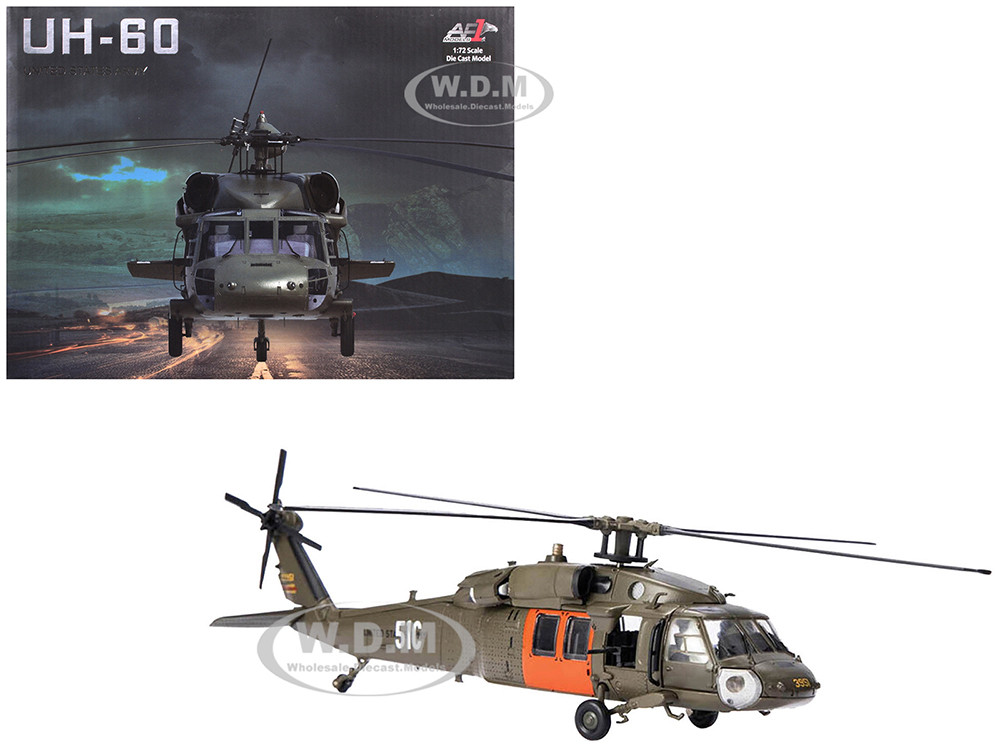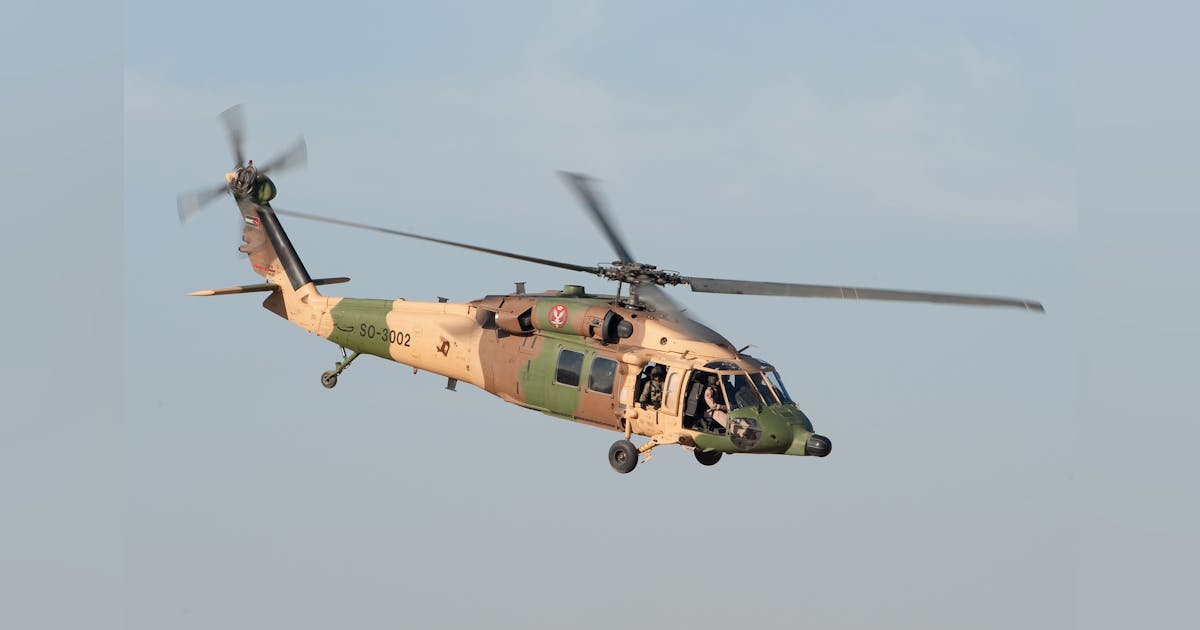The UH 60: Exploring Its Role in Modern Military Operations and Versatility
The UH 60: Exploring Its Role in Modern Military Operations and Versatility
Blog Article
Exploring the History and Evolution of the UH 60 Helicopter

Origins of the UH-60
The origins of the UH-60 helicopter can be mapped back to the late 1960s, a duration noted by the demand for a flexible energy aircraft that could adapt to the advancing needs of modern war. The united state Military identified the need for a substitute for the older UH-1 Iroquois, which was coming to be progressively inadequate for the complexities of modern battle situations. In 1967, the Army started the Energy Tactical Transportation Aircraft System (UTTAS) program, which looked for to create a multi-role helicopter efficient in numerous goals, including army transport, medical discharge, and logistical assistance.
The style competitors brought in a number of aerospace manufacturers, yet it was Sikorsky Aircraft Firm that ultimately secured the agreement in 1972. The UH-60 Black Hawk was presented, showcasing ingenious layout aspects and progressed innovation that set it aside from its predecessors. Its maiden flight happened in 1974, and the aircraft was formally taken on by the Military in 1979. The UH-60 swiftly obtained acknowledgment for its robust performance, reliability, and versatility, paving the method for its comprehensive use in military operations and solidifying its condition as a cornerstone of united state Military aeronautics.
Trick Style Functions
Ingenious layout features of the UH-60 Black Hawk significantly add to its operational performance. Among one of the most noteworthy aspects is its twin-engine arrangement, which boosts dependability and offers a higher power-to-weight ratio, enabling the helicopter to carry out under numerous problems. The aircraft's four-blade primary rotor system uses improved lift and maneuverability, necessary for tactical goals.

Furthermore, the cabin is developed for optimum presence and comfort designs, including sophisticated avionics that improve pilot operations. The modular design of the UH-60 allows for easy upkeep and flexibility, making it ideal for different objective accounts, from troop transport to medevac operations. These crucial design functions ensure that the UH-60 Black Hawk remains a reliable and functional possession in military air travel, with the ability of satisfying the demands of contemporary warfare.
Technical Improvements
Recent technological innovations in the UH-60 Black Hawk have significantly boosted its operational capabilities and versatility. The integration of sophisticated avionics, such as digital flight control systems and boosted situational understanding display screens, enables pilots to run with raised precision and performance. These systems assist in enhanced navigating, interaction, and information sharing, allowing the helicopter to function properly in varied settings.
Additionally, the introduction of composite materials has decreased the total weight of the aircraft while keeping architectural honesty. This reduction boosts gas effectiveness and expands pop over to this site functional array. The unification of innovative his explanation blades technology, consisting of using four-blade, fully articulated rotor systems, has actually boosted lift efficiency and maneuverability, enabling much better handling in various trip problems.

Furthermore, improvements in propulsion systems, such as the T700-GE-701D engines, have actually boosted power output and dependability - uh 60. These engines contribute to superior performance in high-altitude and hot-weather conditions
Lastly, the combination of self-defense systems and improved sensor bundles improves the Black Hawk's survivability and objective performance. Jointly, these technological improvements make sure that the UH-60 Black Hawk remains an essential possession in modern aeronautics, with the ability of adjusting to the developing demands of army and altruistic goals.
Duty in Armed Force Operations
As the backbone of U.S. Military aviation, the UH-60 helicopter plays a critical function in various armed forces procedures, functioning as a flexible system for battle support, transportation, and medevac missions - uh 60. Its layout integrates the ability to run in varied atmospheres, making it necessary for troop movement and logistical support in both non-traditional and conventional warfare

In clinical emptying circumstances, the UH-60 has shown vital, considerably lowering the time to transfer injured soldiers from the battlefield to medical centers. Its innovative avionics and night vision capabilities even more make certain objective success under difficult conditions. Generally, the UH-60 helicopter remains an essential asset, constantly adapting to satisfy the advancing demands of armed forces procedures and enhancing the efficiency of U.S. forces worldwide.
Future of the UH-60
Looking in advance, the future of the UH-60 helicopter involves substantial innovations in modern technology and capacities made to improve its functional efficiency. As armed forces operations evolve, the UH-60 is anticipated to incorporate cutting-edge modern technologies, consisting of improved avionics, improved tools systems, and progressed communication tools. These improvements will certainly find out this here enable better situational recognition and mission flexibility, making certain that the UH-60 continues to be a vital possession on the combat zone.
One notable development is the combination of fly-by-wire systems, which will improve trip control precision and reduce pilot work. Initiatives to update the airframe and engines intend to raise haul, array, and rate capacity, therefore increasing the helicopter's operational extent.
The future likewise holds pledge for raised interoperability with unmanned aerial systems (UAS), allowing collaborated missions that take advantage of both manned and unmanned capabilities. Furthermore, the incorporation of expert system and device learning could optimize trip characteristics and maintenance processes, leading to minimized operational expenses.
Verdict
The UH-60 Black Hawk helicopter represents a substantial achievement in military aviation, progressing from the united state Army's initial needs for a functional utility aircraft. Its cutting-edge style attributes and continuous technical innovations have ensured its significance in different military procedures over the decades. As the demands of contemporary warfare change, the future of the UH-60 will likely involve further enhancements and adjustments, enhancing its status as a crucial property for militaries worldwide.
The UH-60 Black Hawk helicopter represents a considerable turning point in military aviation, arising from the U.S. Army's pursuit for a much more versatile and trusted utility aircraft in the late 20th century.The beginnings of the UH-60 helicopter can be traced back to the late 1960s, a period marked by the requirement for a flexible energy airplane that could adapt to the advancing demands of modern-day warfare. Generally, the UH-60 helicopter continues to be an important property, constantly adapting to meet the evolving needs of army procedures and improving the effectiveness of United state forces worldwide.
Looking ahead, the future of the UH-60 helicopter involves considerable innovations in modern technology and capabilities developed to boost its functional performance.The UH-60 Black Hawk helicopter stands for a substantial success in military aeronautics, evolving from the United state Army's first requirements for a flexible energy aircraft.
Report this page